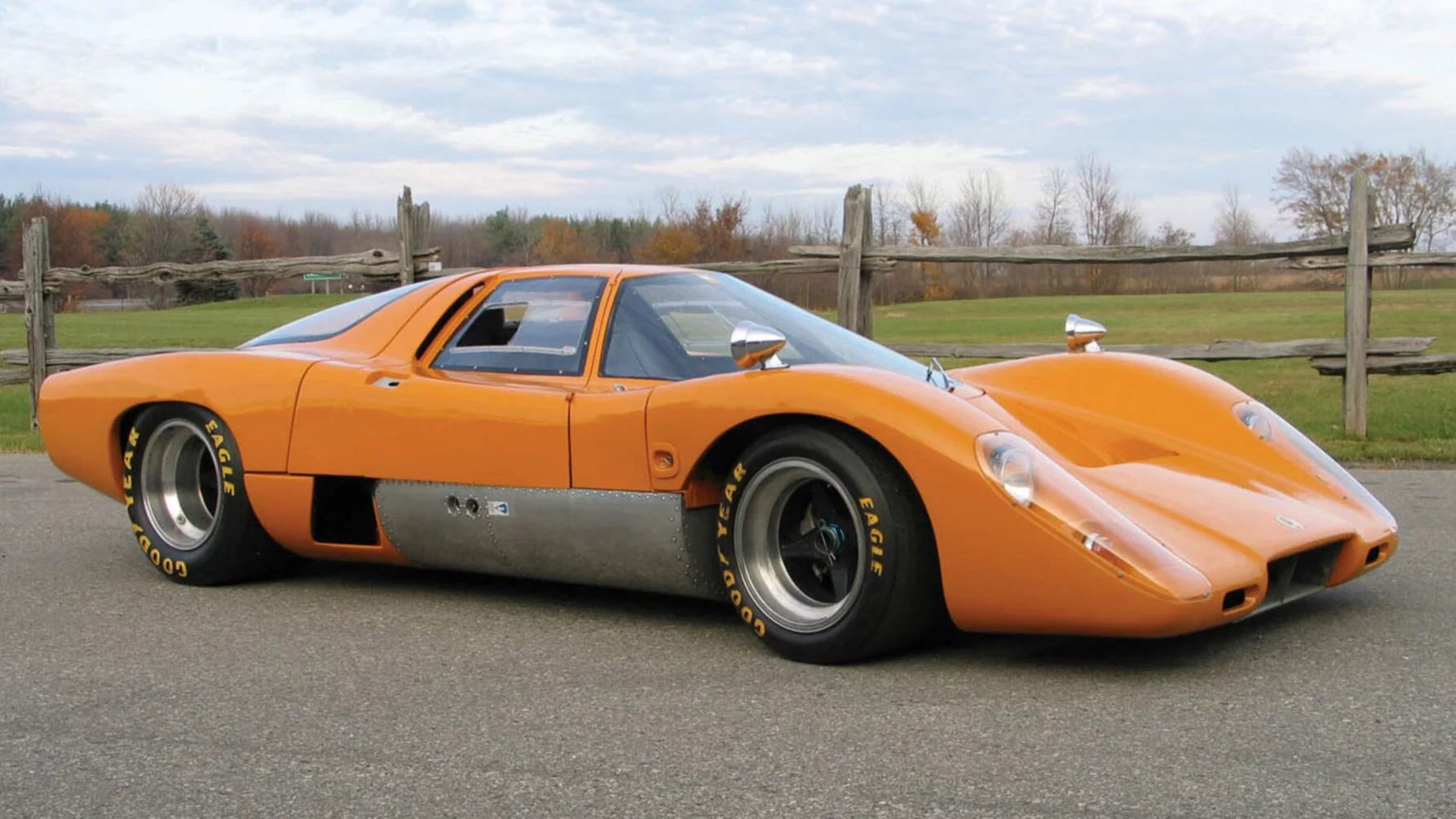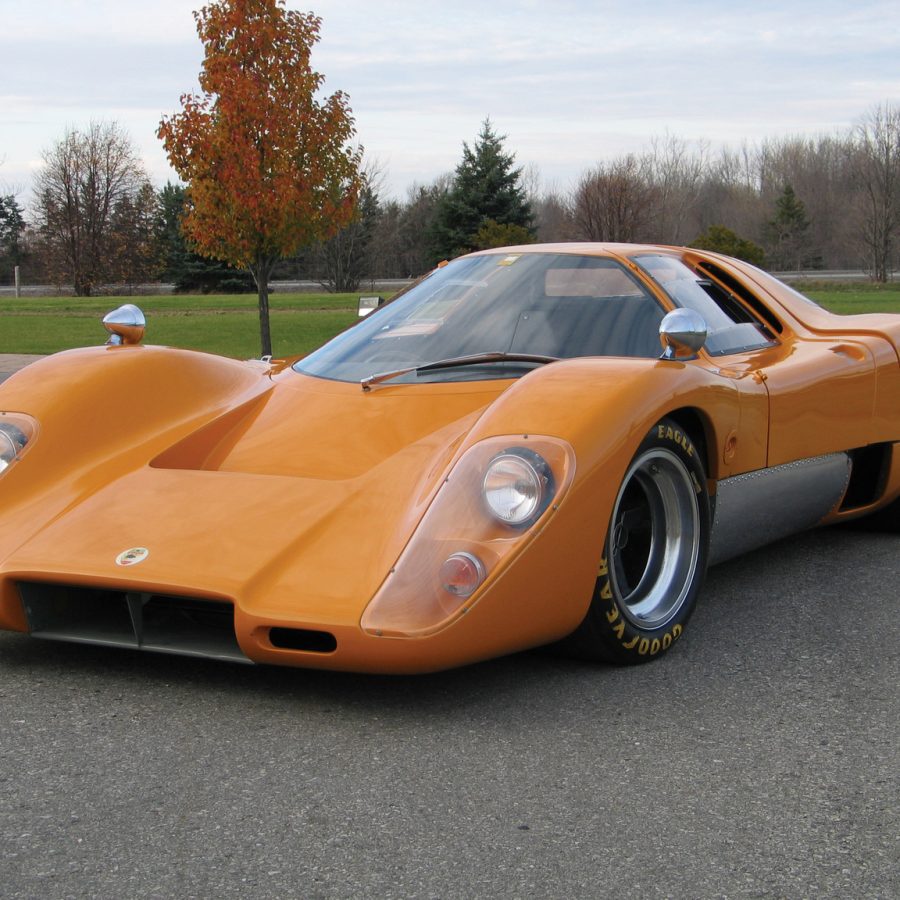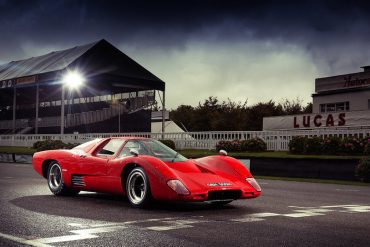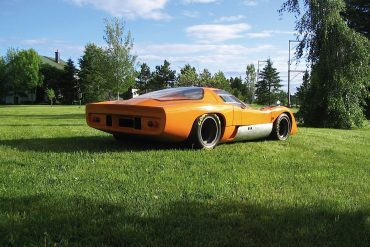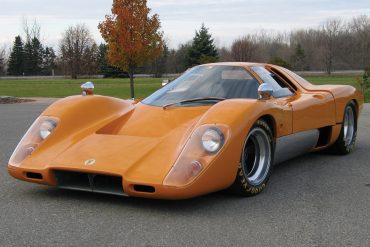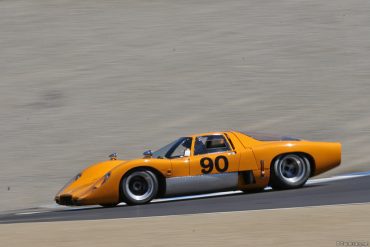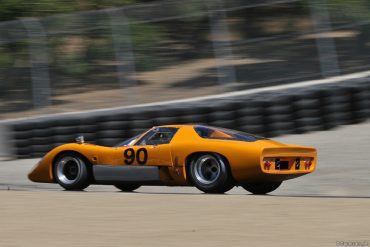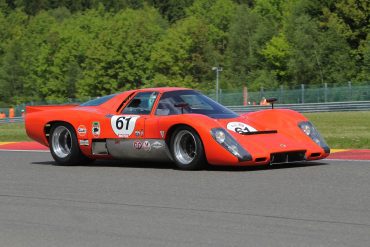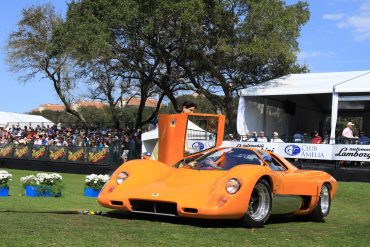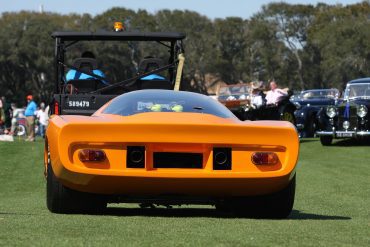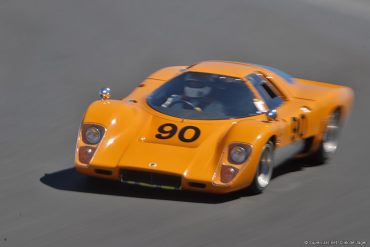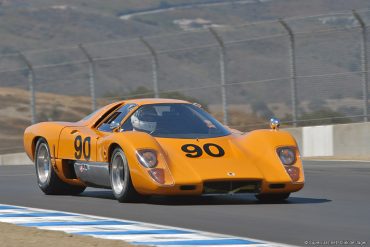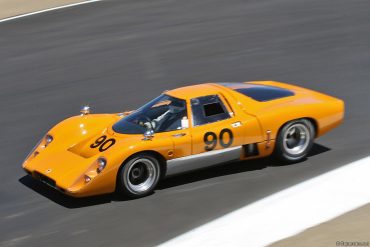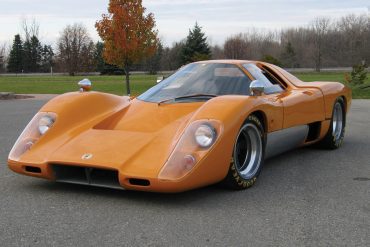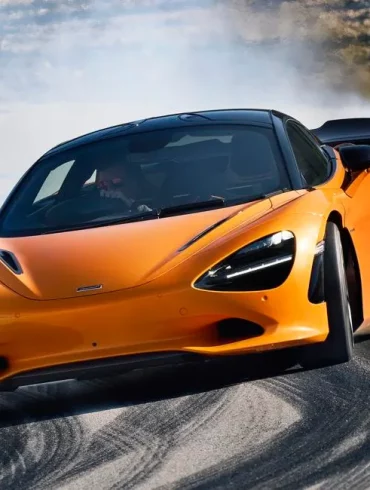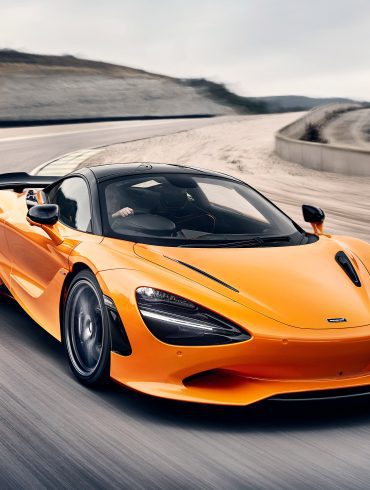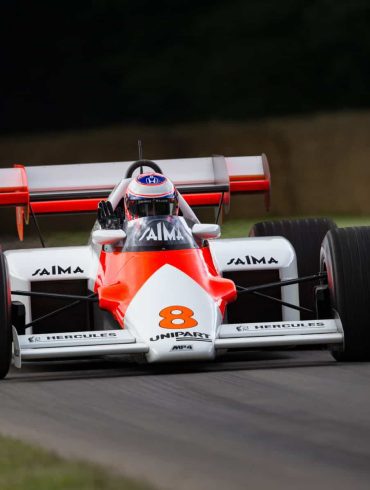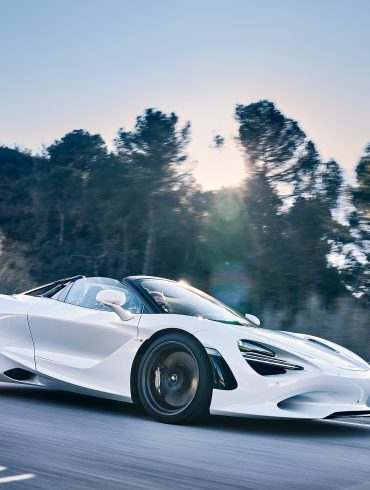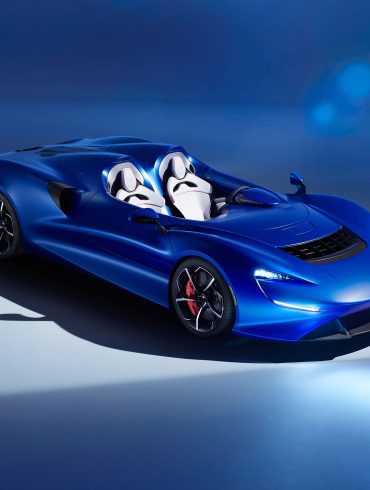1969 McLaren M6 GT Real World Speed Racer Contents The M6A The M6 GT The Road Car The Legacy Engine & Chassis Performance Pictures & Videos Full Technical Detail Auction Sales I just wanted to preface with how few cars there are in the world, that are as era-defining as...
McLaren M6GT
Guide: Can-Am for the Streets
1969
Bruce McLaren’s vision for the M6GT is the genesis for all McLaren road cars. Based on the latest race technology, the M6GT was superlight and blisteringly quick. Essentially, the M6 GT was a re-skinned, road-legal version of the M6A race car, and at 1,764 pounds, the M6 GT was extremely lightweight. The mid-engine McLaren M6 GT was powered by a modified, 5.7-liter Chevrolet LT1 V8 engine.
Overview
In the world of exotic sports cars, few stories are as poignant and inspiring as that of the McLaren M6GT. It was the brainchild of Bruce McLaren, a visionary racer and engineer whose ambition extended beyond the Formula 1 circuits to the dream of a McLaren road car. The M6GT project, conceived in the late 1960s, was McLaren's first attempt to transition from race cars to road cars, setting the groundwork for what would become a legendary lineage of consumer sports cars.
The story of the M6GT begins with the McLaren M6A, a successful Can-Am series race car. Bruce McLaren wanted to create a road-going version that could compete with the likes of Ferrari and Porsche on public streets. Thus, the M6GT, which stood for "McLaren 6 Grand Touring," was born. The car was designed to be a homologated version suitable for the Group 4 category in the GT class, requiring a production of at least 50 cars.
The M6GT boasted an innovative design, incorporating a lightweight monocoque chassis and a sleek fiberglass body designed by McLaren himself. The design was not only aerodynamically efficient but also strikingly beautiful, with its low, wide stance and gull-wing doors that hinted at its racing pedigree.
Under the hood, the M6GT was powered by a Chevrolet V8 engine, modified to produce around 370 horsepower. This engine was paired with a five-speed ZF transmission, propelling the car from 0 to 60 mph in just over 5 seconds, a remarkable feat at the time. Its top speed was equally impressive, reaching up to 165 mph.
Tragically, the M6GT project was cut short by the untimely death of Bruce McLaren in 1970 during a testing session at Goodwood. At the time of his death, only three M6GT prototypes had been completed. Bruce's death dealt a significant blow to the project, and without his leadership and vision, the M6GT never progressed into full production.
Despite its brief lifespan, the M6GT left a lasting impact on the automotive world. It embodied Bruce McLaren's innovative approach to car design and his relentless pursuit of performance. The lessons learned and the technologies developed for the M6GT paved the way for future McLaren road cars, culminating in the launch of the McLaren F1 in 1992, which revolutionized the concept of a supercar.
Today, the M6GT is considered a highly collectible and revered model among classic car enthusiasts. It stands as a testament to Bruce McLaren's genius and his unfulfilled potential in the realm of road car production.
The McLaren M6GT was more than just a car; it was a symbol of ambition and innovation. Although it never reached the roads in the way Bruce McLaren envisioned, it set the stage for all of McLaren's future endeavors in the automotive industry. The M6GT remains a poignant reminder of what could have been and a beacon of what eventually came to be in the storied history of McLaren Automotive.
McLaren M6GT Basics
Manufacturer: McLaren
Production: 1969
Produced: 1 unit
Body style: 2-door coupé
Layout: Rear mid-engine, RWD
Engine: 5,735 cc Chevy LT1 V8
Power: 370 bhp @ 5,800 rpm
Torque: 370 ft lbs @ 4,000 rpm
Power to weight: 0.46 bhp / kg
Top Speed: 290 km/h (180 mph)
0-60 mph: 4.2 s
Did You Know?
The M6GT was the brainchild of Bruce McLaren himself. He wanted to create a road-legal version of his dominant Can-Am race cars. Sadly, Bruce McLaren died in 1970 while testing a Can-Am car, and the M6GT's road car ambitions largely died with him.
Only three M6GT chassis exist – one built by McLaren, two by Trojan. The McLaren-built prototype mixed parts from the M6B race car with the M6GT body design.
"The McLaren M6GT is a tantalizing glimpse at what might have been – a true embodiment of Bruce McLaren's vision for a road-going supercar."
Sports Car Digest


